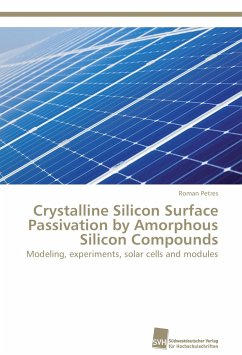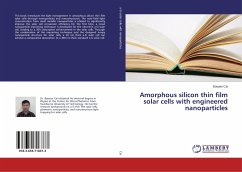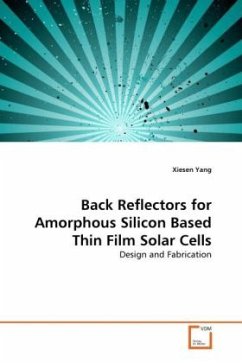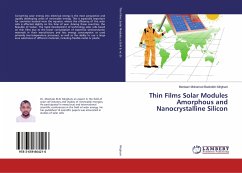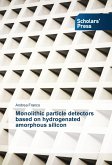Solar cells based on crystalline silicon (c-Si) have the potential to make photovoltaic electricity cheaper than coal-based electric power generation within less than 10 years. The largest cost decrease potential on the cell level lies with improved electronic surface passivation. In this work, the current industry standard, amorphous silicon nitride (a-SiNx:H) deposited by Plasma Enhanced Chemical Vapor Deposition (PECVD), is investigated and compared to amorphous silicon carbide, silicon carbonitride and silicon oxynitride films deposited by both high- and for the first time also low-frequency (LF) PECVD. It is shown that and an explanation offered as to why LF PECVD is capable of excellent surface passivation, comparable to remote-plasma results in literature and higher than previously published for LF PECVD. The achieved surface passivation quality is sufficient for dielectric rear-surface passivation without an underlying diffused back surface field. It is also shown that the purity grade of precursor gases used for film deposition can be lowered significantly without affecting cell efficiency and long-term stability on the module level, allowing for further cost reduction.

